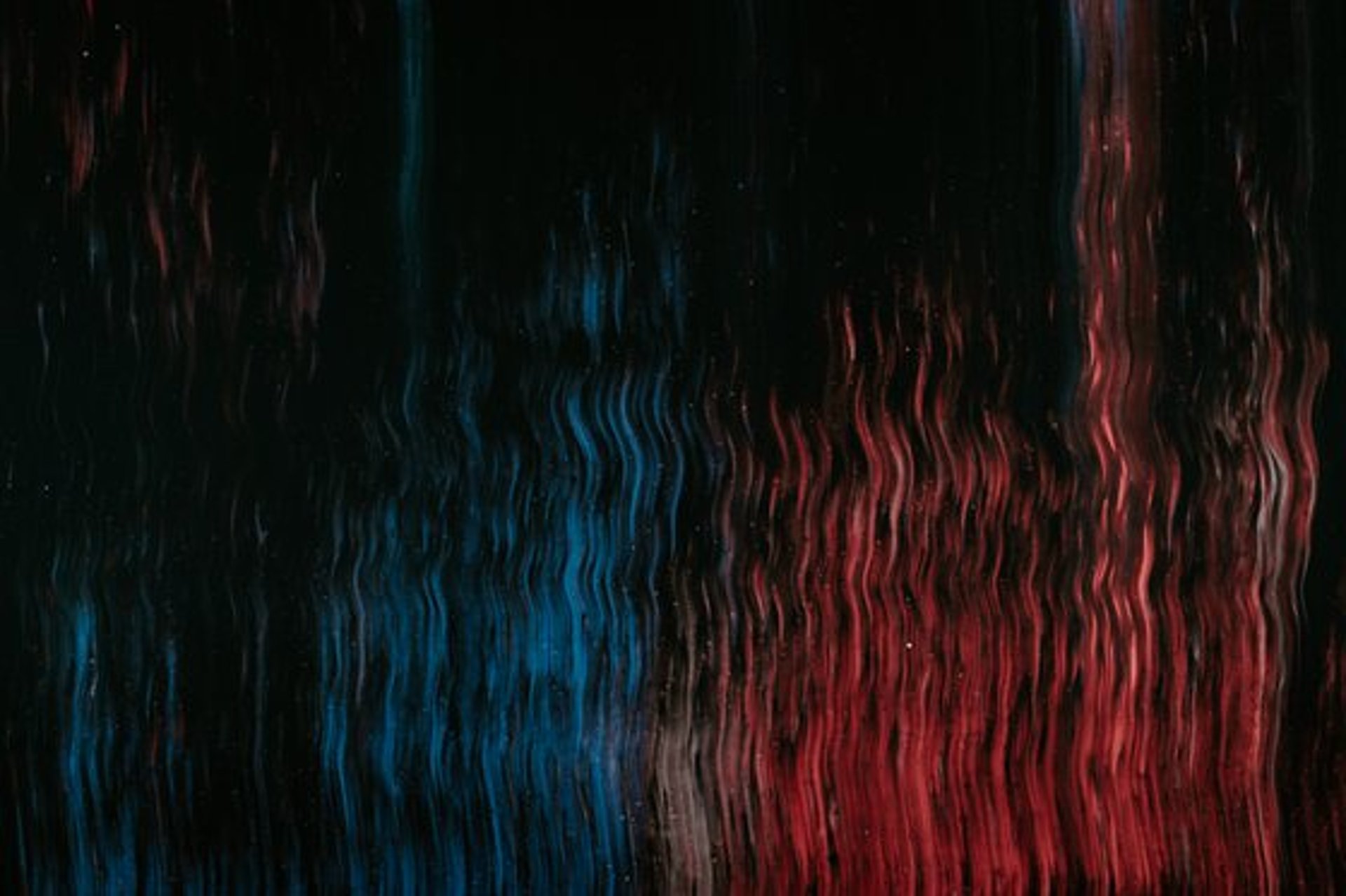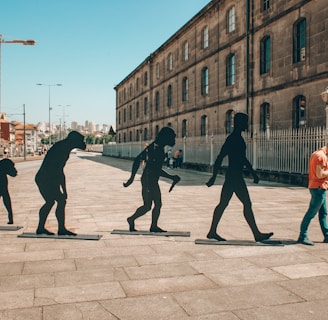
YOLO-NAS Pose: Revolutionizing Human Pose Estimation
Introduction to Human Pose Detection
Introduction
In the realm of computer vision and deep learning, there's a continuous quest to improve the accuracy, efficiency, and speed of various tasks. Human pose estimation is a critical area of research with applications spanning from sports analytics to healthcare. One of the latest breakthroughs in this field is YOLO-NAS Pose, a novel approach that combines YOLO (You Only Look Once) architecture with neural architecture search (NAS) to provide remarkable results. In this blog, we'll delve into the world of YOLO-NAS Pose and explore how it's changing the game.


Understanding YOLO
YOLO, which stands for "You Only Look Once," is an object detection system that offers real-time processing speeds. Unlike traditional methods that require multiple passes over an image, YOLO processes the entire image in one go. This makes it incredibly fast and efficient. YOLO has gained widespread adoption in various applications, including self-driving cars, security systems, and more.


The Challenge of Human Pose Estimation
Human pose estimation involves determining the locations of key body joints in an image or video. It's a complex task due to variations in poses, lighting conditions, and occlusions. Traditional methods often suffer from performance issues and can be computationally intensive, limiting their real-time applications.
Introducing YOLO-NAS Pose
YOLO-NAS Pose takes the efficiency and accuracy of YOLO and applies it to human pose estimation. It employs neural architecture search to automatically design a network architecture that excels in pose estimation tasks.


Here's how YOLO-NAS Pose works:
Architecture Search: YOLO-NAS Pose begins with a search for the optimal neural network architecture. This search is guided by various performance metrics and objectives, such as minimizing the mean squared error (MSE) for pose estimation.
Efficient Backbone: The network backbone is designed to be highly efficient, reducing computational requirements without compromising accuracy. This is crucial for real-time applications.
Multi-Scale Features: YOLO-NAS Pose extracts multi-scale features from input images, allowing it to capture both fine and coarse details of human poses.
Fast Inference: One of the key strengths of YOLO-NAS Pose is its speed. It offers real-time pose estimation, making it suitable for applications like sports analytics, augmented reality, and robotics.


Applications of YOLO-NAS Pose
The impact of YOLO-NAS Pose extends to various domains:
Sports Analytics: In sports like basketball or soccer, YOLO-NAS Pose can provide real-time player tracking and pose analysis, aiding in performance evaluation and strategy optimization.
Healthcare: In physical therapy and rehabilitation, YOLO-NAS Pose can assist therapists in assessing patients' movements and progress.
Augmented Reality (AR): AR applications can use YOLO-NAS Pose for real-time body tracking, enabling immersive and interactive experiences.
Robotics: Humanoid robots can benefit from YOLO-NAS Pose for enhanced perception and interaction with humans.
Conclusion:
YOLO-NAS Pose represents a significant advancement in the field of human pose estimation. By combining the efficiency of YOLO with neural architecture search, it offers real-time performance without compromising accuracy. As this technology continues to evolve, we can anticipate its integration into a wide range of applications, revolutionizing the way we interact with and understand human movement.
Stay tuned for the exciting developments in the world of computer vision, as innovations like YOLO-NAS Pose continue to push the boundaries of what's possible.



